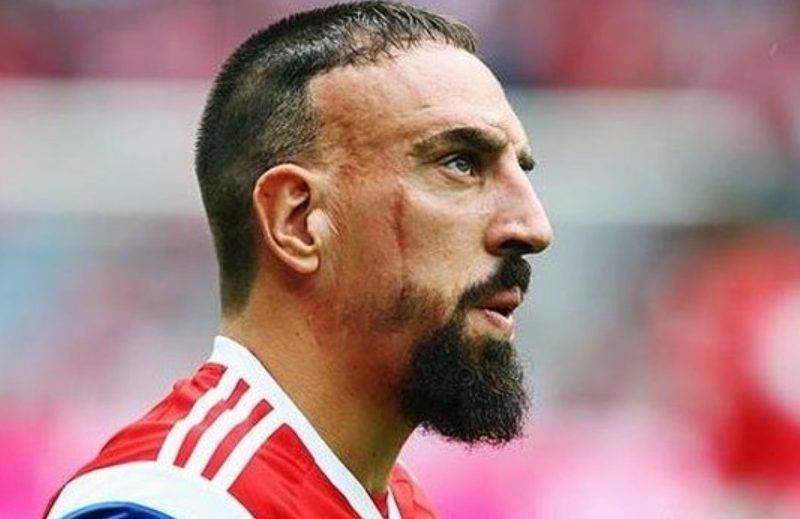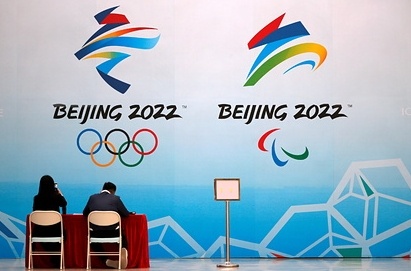American child prodigy repeated Ovechkin’s record, which has held for more than 20 years
Remember this name – Cole Ezerman.
If you follow, you should know for sure that last week the U17 World Challenge Cup, which returned to the hockey calendar, ended – a lamp international tournament, which for many becomes the first more or less serious review at the national team level. Russia, of course, misses it. Although it was our juniors (teams born in 2002 and 2003) who won the last two draws. Unfortunately, the team of Pavel Baulin was not allowed to defend the title and give Danila Sysoev, Alexei Dontsov, Nikita Onishko, Danila Poroshkov and Yegor Surin a chance to shine. But even without our guys in the Canadian “villages”, where the tournament is always held under the auspices of Hockey Canada, there was someone to look at.
This year, the backbone of the teams was made up of guys from 2006, most of whom will be drafted in 2024 – it is this year that Roman Rotenberg’s new talent Ivan Demidov should go under the hammer. But while the native of Sergiev Posad, who would not have had the right to play in the tournament because of his age, is tearing up the MHL, most of his competitors have cut each other down for the first time.
Unlike the August Glinka / Gretzky Cup, whose prestige is falling every year due to terrible organization, a cool attitude from the US team and an extremely controversial time, the federations managed to avoid a large number of refuseniks at the good old “challenge” and bring the maximum combat-ready squads. Before the start of the tournament, Canadians, who traditionally play in it with three squads (Reds, Whites, Blacks), were most interested in scouts forwards McLean Celebrini (contender for the first number in 2024), Clark Caswell (top 5 -2024), Berkeley Catton (top 5-2024) and completely failed guard Matthew Virgilio (top 10-2024). The normally technical and attacking Swedes didn’t forget to take on a new talent from Timro, Alexander Zetterberg (2024 first-round contender), who broke down after the third match of the group. The latter, by the way, is the second cousin of that same bearded man from Detroit.
However, in the end, they were all eclipsed by the shock American bunch of forwards James Hagens (a contender for the first round in 2024) and Cole Azerman (a potential first number in 2024), which for two scored a little more than 40 points in seven matches and not only helped the US team effortlessly easily win the group stage, but also went through the rink in the final of the “Canada in Red”, defeated with a score of 11:3.
Hagens, with 21 points, set a new tournament performance record, which was previously held by his compatriot and Florida forward Colin White (18), and the second – repeated Alexander Ovechkin’s record for the number of goals scored (12), set by the Great Eight back in 2001 . Only, in fairness, the Russians needed two fewer matches to achieve this figure.

It was Yzerman who was promoted by the North American PR machine as a potential first draft pick and the new Matthews. Last season, the kid from Massachusetts, along with the Canadian Celebrini, developed at the famous Shattuck Sainte Marie school, which released Sidney Crosby and more than a dozen NHL stars from its walls, and also lit up in a link with his so far main competitor in the USHS draft – the school US league for 18 year olds. It is still too early to say whether the 16-year-old goldfinch is worthy of comparison with the two-time winner of the Maurice Richard Trophy. But, like a mustachioed sniper, most of his points are consistently sewn into goals, and the killer wrist throw, which he just as skillfully hides under defenders, and incredibly fast hands that allow him to beat defenders on handkerchief.
A slightly less spectacular tournament for the “Team Canada in red” was held by the new Next One (how many of you are there?) Michael Misa (2007), who received exclusive status from Hockey Canada last summer and already at the age of 15 humiliates the Ontario junior league, gaining more point per game. With 6 (3+3) points in seven games, he helped his team take silver, but didn’t come close to dominating the ice and spent most of his time in the shadow of Berkeley Catton and Porter Marton. But McDavid at his age with 9 (6 + 3) points in five games truly led the Ontario team in 2012.
It is a pity that the Finnish Cale Makar Aron Kiviharju (2006) did not come to Canadian Langley and the Delta – as for me, a reinforced concrete contender for the top three in 2024. However, he turned out to have more important things to do – at 16, he is already getting good playing time at the base of TPS from Turku. However, everything was quite clear about him at the last JWCH, where he was the best defender of the Suomi team, being two years younger than the main backbone. But more attention went to Emil Hemming (2006, top 10-2024), who played not so bright striker, and other undeservedly less popular guys like Konsta Helenius and Ruupe Vesterinen, who at the age of 16 had already played six matches for the COD team in the main league countries.

By the way, the Finns went to an unheard-of impudence and brought with them the Russian hockey player Matvey Butkovsky. At home, a native of Petrozavodsk until 2018 played at the St. Petersburg SKA school. However, a few years ago he decided to move to neighboring Finland, where he is successfully progressing in the Yukurita system from the small town of Michelli, and since last season he has been regularly called up to the national team in 2006. At the tournament, the textured right-handed winger came out mainly in the fourth link and did not determine the weather, but did not leave him without points, giving an assist and scoring in the match with Canada in Red. And it’s not worth lamenting that Matti, as he is called in the local manner, has connected his future with another country – we have a lot of hockey players of this caliber in this age category. So there are no analogies with Alexander Barkov.



